English Heritage sites near Strethall Parish
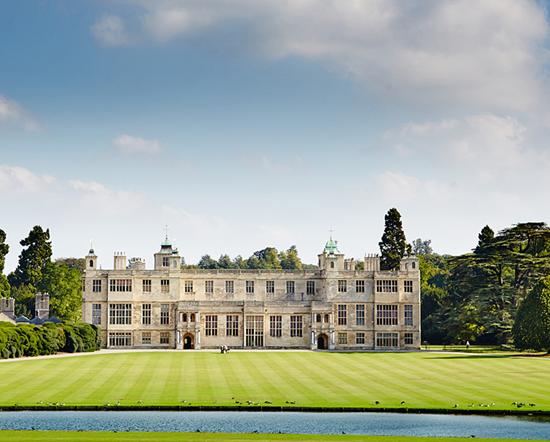
AUDLEY END HOUSE AND GARDENS
3 miles from Strethall Parish
One of England's finest country houses, Audley End is also a mansion with a difference. Enjoy a great day out.
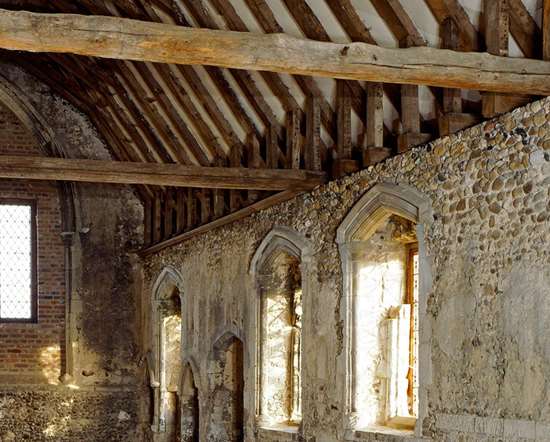
DUXFORD CHAPEL
4 miles from Strethall Parish
A modest but complete and attractive 14th-century chantry chapel, perhaps originally a hospital.
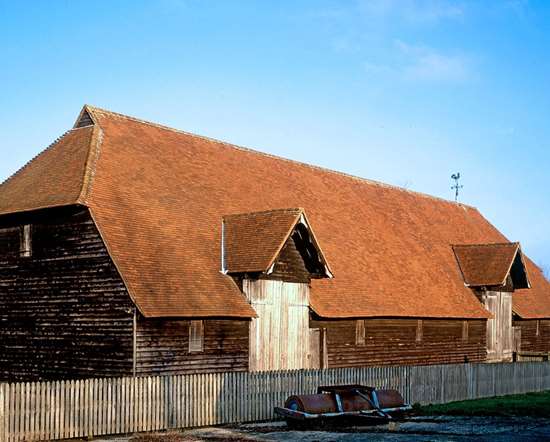
PRIOR'S HALL BARN
6 miles from Strethall Parish
One of the finest surviving medieval barns in eastern England, tree-ring dated to the mid-15th century, with a breathtaking aisled interior and crown post roof, the product of some 400 oaks.
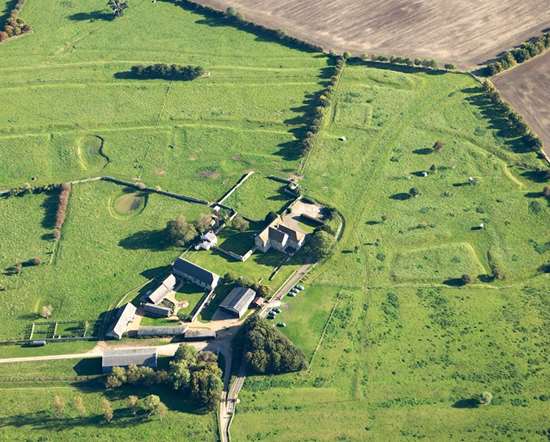
DENNY ABBEY AND THE FARMLAND MUSEUM
17 miles from Strethall Parish
Denny Abbey has a unique and fascinating history still traceable in the building and interpreted for visitors by graphic panels.
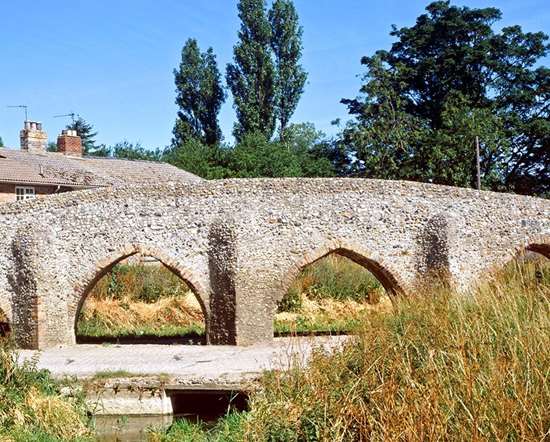
MOULTON PACKHORSE BRIDGE
20 miles from Strethall Parish
A pretty four-arched late medieval bridge, spanning the River Kennett on the old route from Cambridge to Bury St Edmunds.
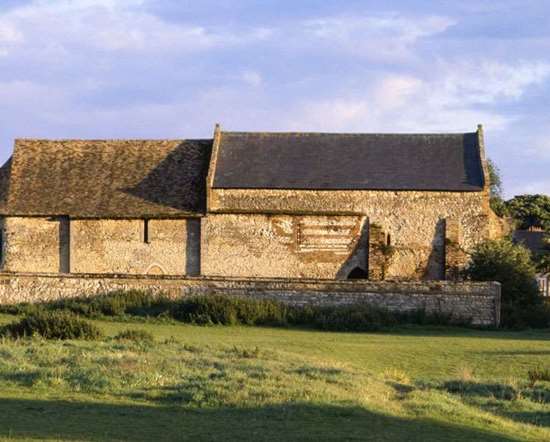
ISLEHAM PRIORY CHURCH
23 miles from Strethall Parish
Isleham Priory Church is the best example in England of a small Norman Benedictine priory church, surviving in a surprisingly unaltered state despite later conversion into a barn.
Churches in Strethall Parish
Strethall: St Mary the Virgin
Off Royston Lane
Strethall
Saffron Walden
(01763) 837272
http://icknieldwayparish.blogspot.com/
This Grade I listed church can be dated back to c.1010, soon after the burning of Cambridge by King Swein's henchman, Thorkill the Tall, that year. It is constructed of flint with dressings of Barnack stone long and short work in the quoins. A short walk around the exterior should be taken to appreciate the building and its setting before entering the door. The upper stages of the tower were re-constructed in the 14th Century. On the eastern face of the tower can be seen weatherings which provide a clue to an earlier thatched nave roof of steeper pitch than the present one. On entering the church, one is immediately struck by the pleasing proportions of the intimate interior due to the perfect ratio of length to width of the nave (being in a 'golden ratio') and to the mix of natural and artificial lighting. It has retained a simple form without side aisles and has pew seating for a congregation of less than forty.
The most striking feature of the nave is the chancel arch which has been described as "one of the finest examples of Anglo-Saxon workmanship in smaller parish churches". The present nave roof, trussed with cambered tie-beams and arch-braces of oak, dates back to the early 16th Century. The corbels are notable - kneeling three quarter-figures of a man and a woman to the north; angels to the south and west. Two pews at the rear of the nave are of c.1475 Midland style. Other Saxon features worth finding are the two deep-splayed openings high up in the west wall.
The chancel was re-built in the 15th Century. The piscina in the south wall is c.1310. A wall tomb in the north wall of John Gardyner 1508 has a contemporary plate inscription. A monumental brass set in the chancel floor has a palimpsest inscription, a copy of which is set on the south wall. The nineteenth century choir stalls incorporate bench ends that may originate from the mediaeval pews. The vestry is a nineteenth century addition.
In the tower are two mid-14th Century bells, turned and re-hung with new clappers by the Whitechapel Bell Foundry in 1983. The original clappers hang on the west wall. Very few bells of this age have survived without being re-cast. The font dates from the 12th Century at which time it may have been recut, its size a reminder that, up to the reformation, infants were fully immersed during baptism. The parish is also notable for having no war memorial - just 33 parishes in the country were spared the pain of losing sons in the Great War.
All the window tracery and stained glass were introduced at various stages between 1870 and 1910 and commemorate the Reverend Joseph Collin and his family. The glass is by Clayton & Bell. The hatchment hanging on the tower wall dates from the early nineteenth century and probably commemorates the father of the Reverend William Forbes Raymond. The tomb of John Gardyner bears intriguing wording, noting that he died "at midnight between the XXX and XXXl day of August....". It seems that nobody had a watch they could trust to tell whether it was one day or the next and they feared putting the wrong one on his tomb; so they hedged their bets.
The church has seen substantial repairs in the period between 1999 and 2007, the works being supported by grants from English Heritage, the Historic Churches Preservation Trust and others together with an active fund raising campaign. The interior has been completely limewashed following the completion of these works. The altar table, parish chest, the hatchment and chancel memorial glass were conserved during this time with support from the Essex Heritage Trust. The monumental brass was conserved in the 1990s with help from the Monumental Brass Society.
The church is one of seven in The Parish of The Icknield Way Villages, created in December, 2008.For details of services in the parish, go to www.icknieldwayparish.com and click on Services.
No churches found in Strethall Parish
